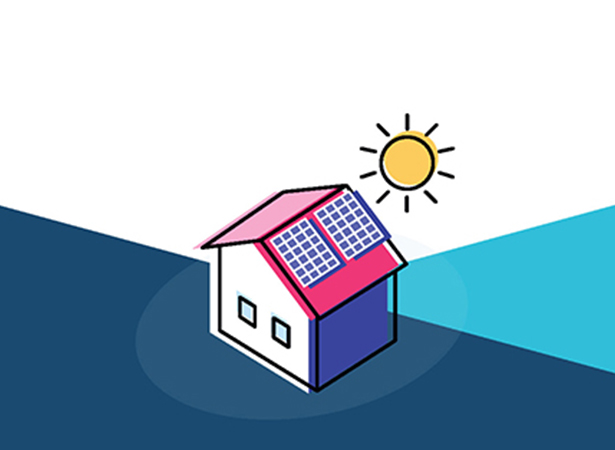 Switching to solar energy is a significant investment that offers long-term benefits in terms of energy savings and environmental impact. However, determining the right capacity for your solar panel system is a crucial step towards maximizing these advantages. Let’s explore the key factors that go into sizing a solar panel system to ensure it meets the specific needs of your home.
Switching to solar energy is a significant investment that offers long-term benefits in terms of energy savings and environmental impact. However, determining the right capacity for your solar panel system is a crucial step towards maximizing these advantages. Let’s explore the key factors that go into sizing a solar panel system to ensure it meets the specific needs of your home.
Understanding Your Energy Consumption
Before sizing your solar panel system, it’s essential to have a clear understanding of your household’s energy consumption. Review your utility bills to identify your average monthly and annual electricity usage. This data will serve as the foundation for calculating the size of the solar installation needed to cover your energy needs.
Assessing Available Roof Space
The physical space available on your roof is a limiting factor in determining the size of your solar panel system. Solar panels require unobstructed access to sunlight, so the size and layout of your roof will impact the number of panels that can be installed. Additionally, factors such as shading from nearby trees or structures should be taken into account to optimize the system’s efficiency.
Considering Local Climate and Sunlight Conditions
Climate and sunlight conditions in your region play a significant role in the efficiency of solar panels. Sunlight hours, seasonal variations, and local weather patterns can affect how much energy your solar panels can generate. Researching the solar potential in your area and consulting with solar professionals will help you estimate the system size needed to accommodate your energy goals.
Determining Your Solar Panel System’s Capacity
Solar panel systems are typically measured in kilowatts (kW) or kilowatt-hours (kWh). The capacity of your system depends on factors like your average daily energy consumption, the efficiency of the solar panels, and the available sunlight. A rule of thumb is that a 1 kW solar panel system can generate about 4 kWh of electricity per day under optimal conditions. However, this can vary based on location and other factors.
Calculating Your Return on Investment (ROI)
While it’s important to size your solar panel system to meet your energy needs, it’s equally crucial to consider the financial aspects. Calculate the potential return on investment by factoring in upfront costs, available incentives, and estimated energy savings over time. This analysis will help you determine the most cost-effective system size that aligns with your budget and energy goals.
Consulting with Solar Professionals
Sizing a solar panel system involves a combination of technical knowledge and practical experience. Consulting with solar professionals or getting quotes from reputable solar installation companies can provide valuable insights into the specific requirements of your home. Professionals can assess your energy needs, roof conditions, and local factors to recommend an optimal system size.
Sizing your solar panel system is a personalized process that requires a careful balance between energy consumption, available space, and environmental conditions. By understanding your energy needs, assessing your roof’s potential, and factoring in local climate conditions, you can determine the right capacity for your solar panel system. Consulting with experts and staying informed about advancements in solar technology will ensure that your solar investment aligns with your goals for sustainability, energy efficiency, and long-term savings.

Leave A Comment